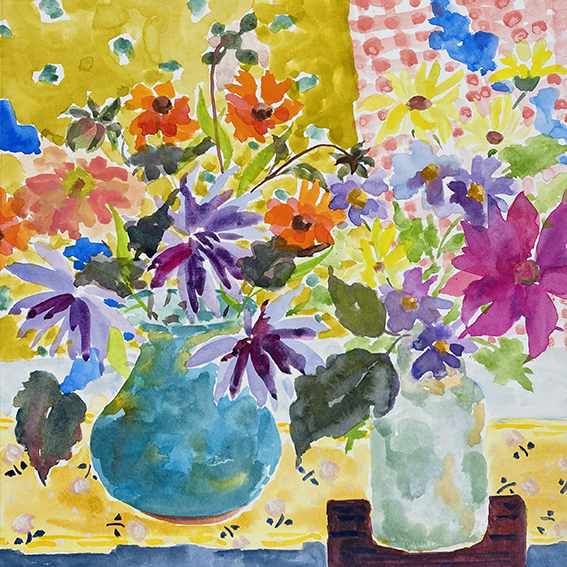
Recognized as a distinguished professional artist and educator, Emma Burnett brings decades of experience to the world of art education. With an exceptional talent for simplifying intricate concepts, Emma Burnett is a seasoned course creator renowned for making complex topics approachable. Her thorough understanding of art and keen ability to convey it in a relatable manner have empowered countless students, establishing Emma Burnett as an authority in teaching art. A driving force in the industry, she continues to inspire both novices and experienced artists alike, shaping a new era of artistic excellence



